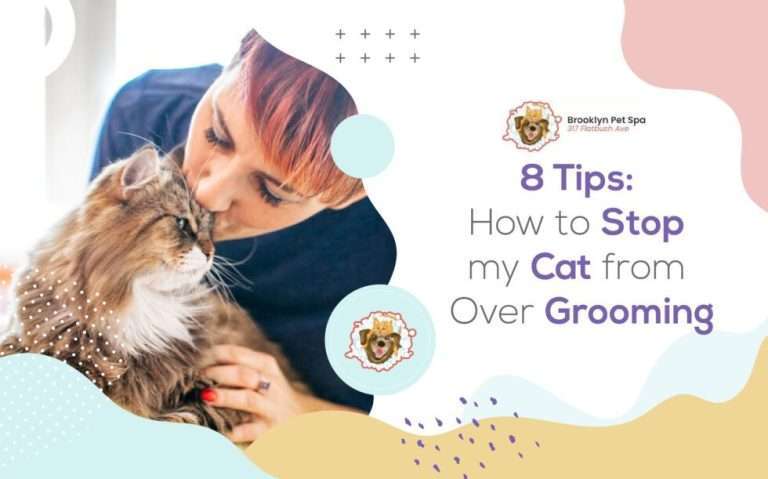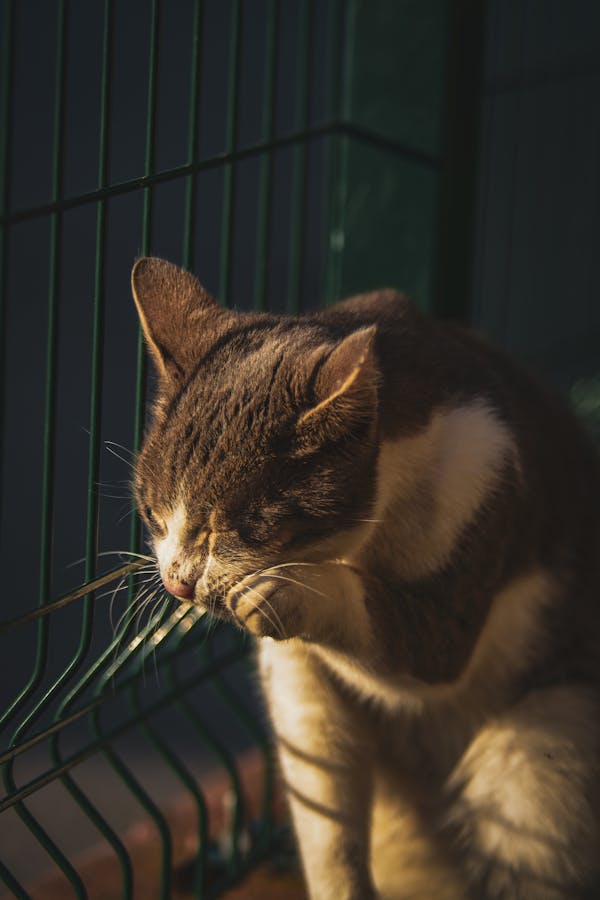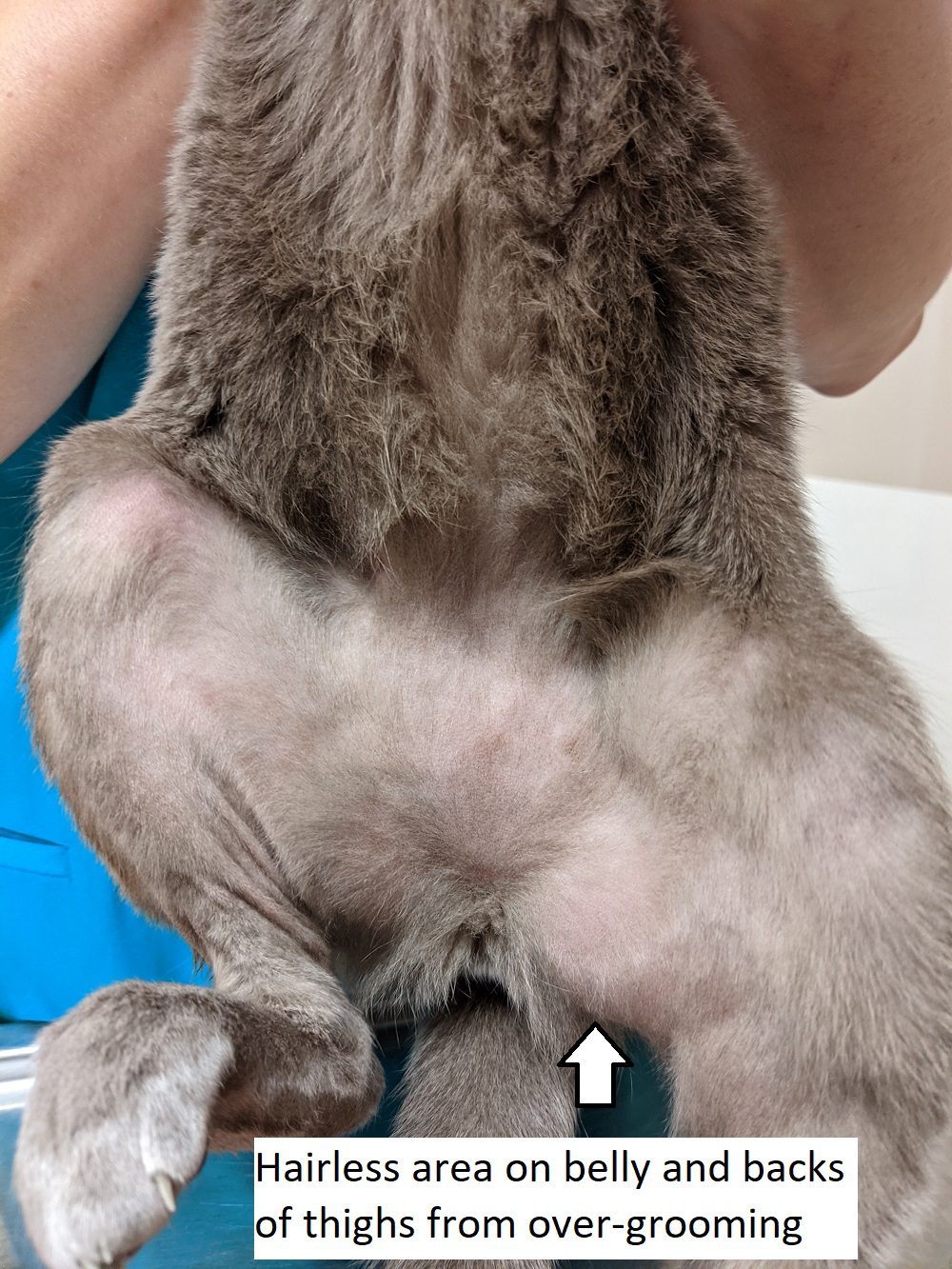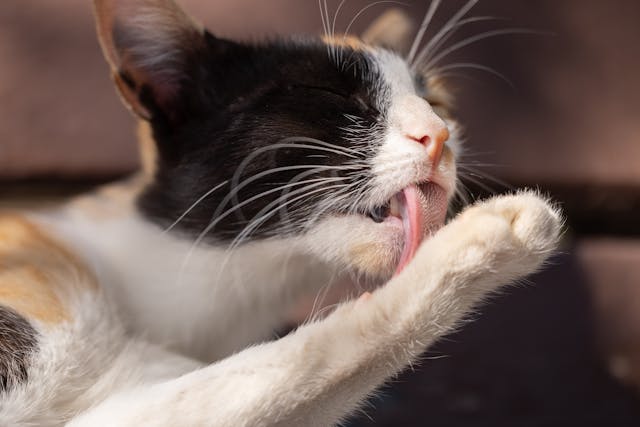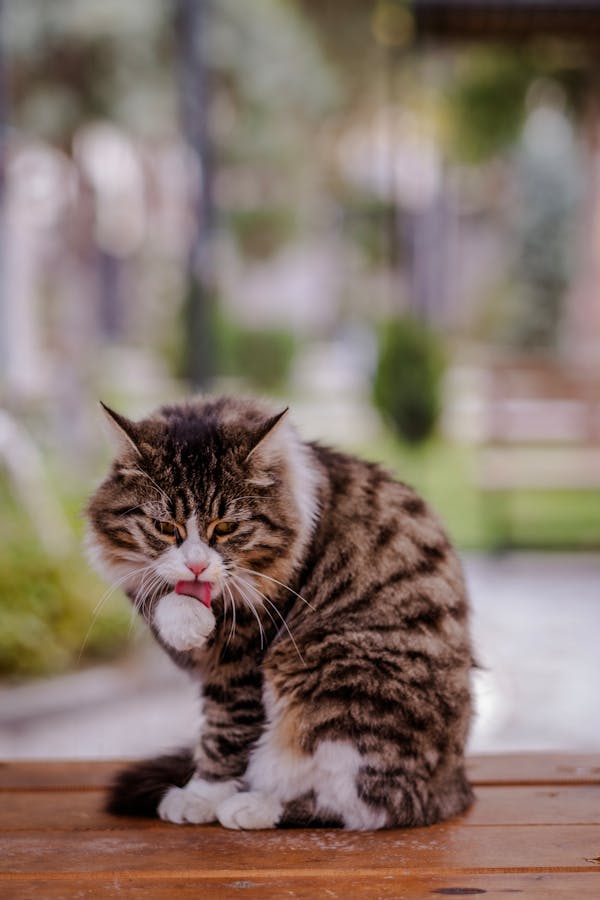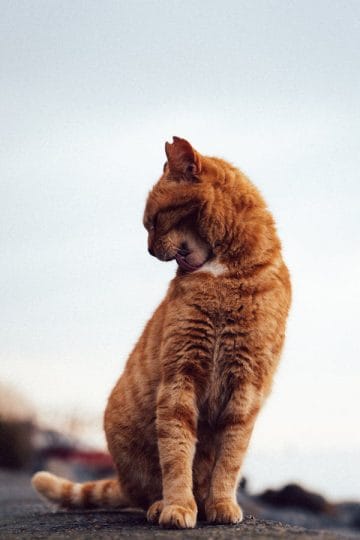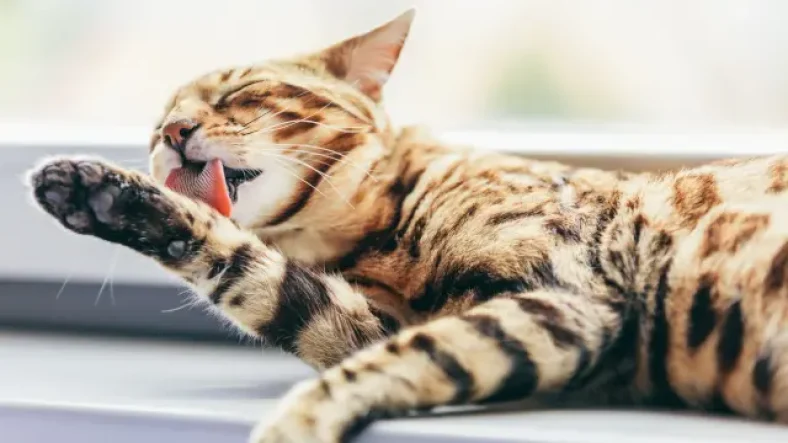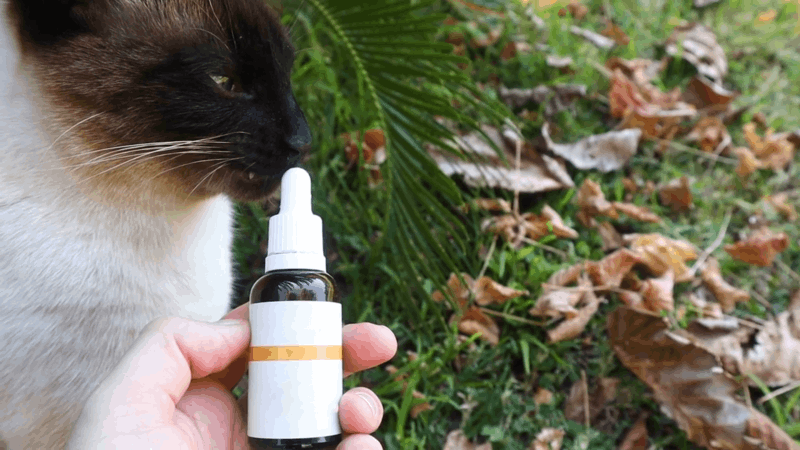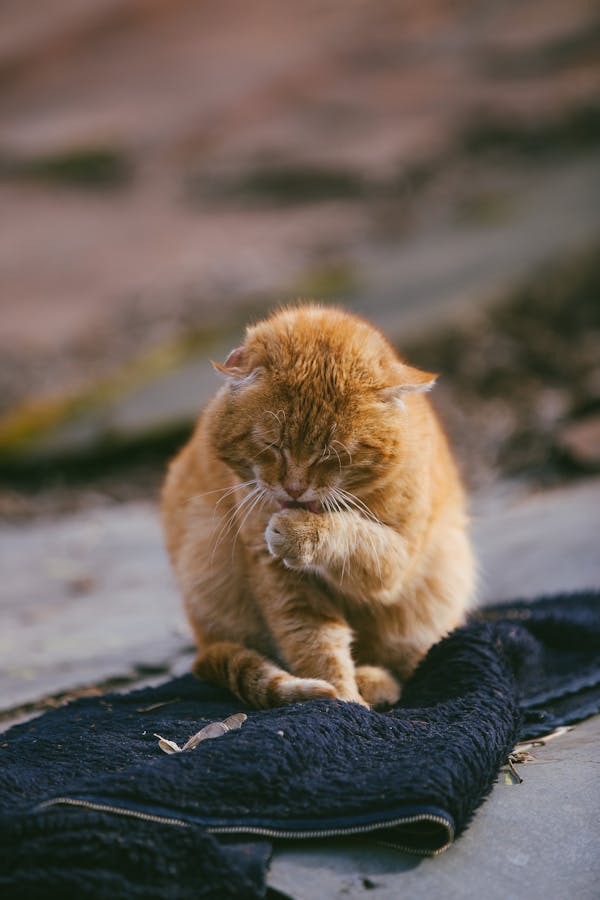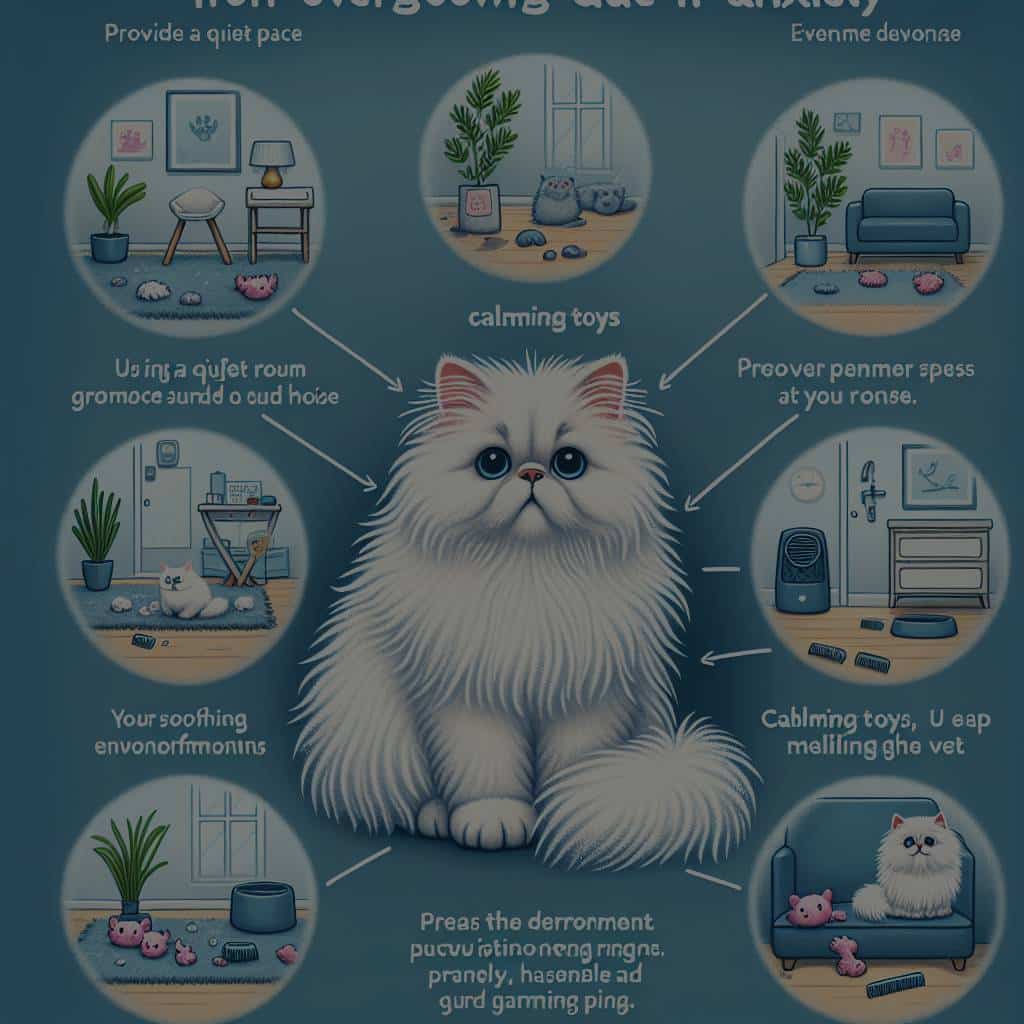How To Stop Cat Over Grooming
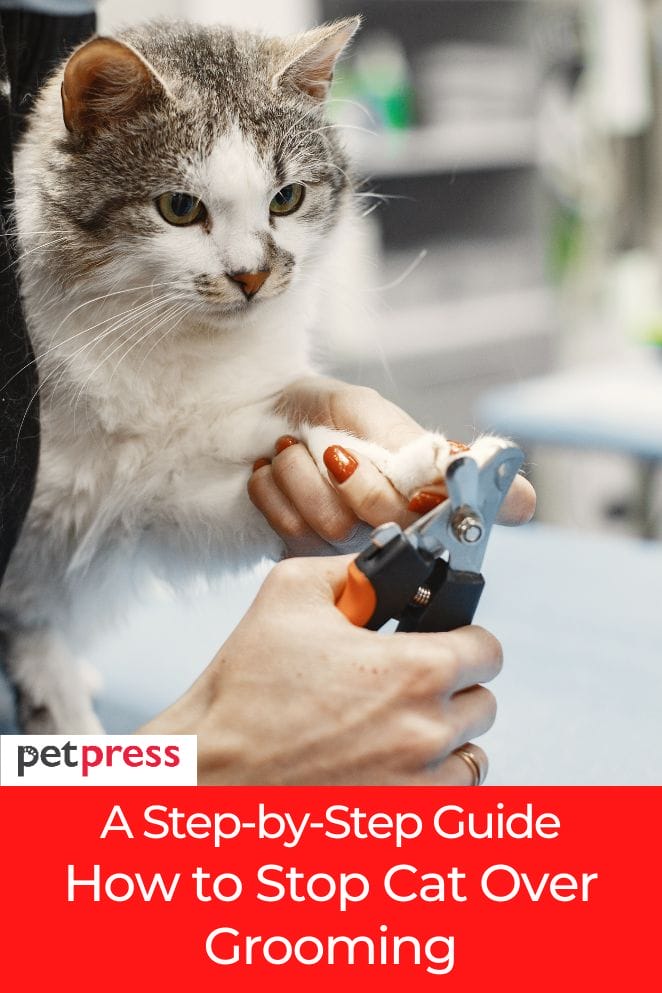
Excessive grooming in cats, often manifesting as bald patches or skin lesions, is a common concern for pet owners. While cats are naturally meticulous groomers, certain triggers can escalate this behavior into a detrimental habit. Understanding the underlying causes and implementing appropriate management strategies is crucial for safeguarding feline well-being.
Overgrooming isn't just a cosmetic issue; it can signal deeper medical or psychological distress. This article delves into the multifaceted reasons behind excessive grooming in cats and outlines practical steps owners can take to address the problem, helping restore their feline companions' comfort and health.
Understanding the Causes
Identifying the root cause is the first step in managing overgrooming. According to the American Society for the Prevention of Cruelty to Animals (ASPCA), both medical and behavioral factors can contribute to this behavior.
Medical Reasons
Skin allergies are a primary suspect. These can stem from food sensitivities, environmental allergens like pollen or dust mites, or flea infestations. Parasites, such as fleas, mites (including ear mites and mange mites), and lice, can cause intense itching leading to excessive licking and scratching.
Pain, whether from arthritis, injuries, or internal discomfort, can also trigger overgrooming in a specific area. Cats may lick or chew at the site of pain in an attempt to soothe themselves.
Behavioral Reasons
Stress and anxiety are significant contributors to compulsive grooming. Changes in the cat's environment, such as moving to a new home, the addition of a new pet or family member, or even a change in routine, can induce stress.
Boredom and lack of stimulation can also lead to excessive grooming. Cats may groom out of habit, especially if they lack opportunities for play and mental engagement. Separation anxiety is another factor, with some cats grooming excessively when left alone.
Diagnosis and Treatment
A thorough veterinary examination is essential to rule out medical causes. This typically involves a physical examination, skin scrapings to check for parasites, allergy testing (either blood tests or intradermal skin testing), and potentially blood work to assess overall health.
If a medical condition is identified, treatment will focus on addressing the underlying issue. This might involve allergy medications, parasite control, pain management, or dietary changes.
Once medical causes have been ruled out or addressed, attention should shift to behavioral factors. Working with a certified veterinary behaviorist or a qualified cat behavior consultant can be invaluable. These professionals can help identify stressors and develop a behavior modification plan.
Practical Strategies for Managing Overgrooming
Several strategies can be implemented to reduce overgrooming stemming from behavioral issues. Enrichment is crucial; providing plenty of opportunities for play, exploration, and mental stimulation can help reduce boredom and anxiety.
Interactive toys, puzzle feeders, and scratching posts are all beneficial. Regular playtime sessions can help burn off excess energy and reduce stress.
Creating a safe and predictable environment is also important. Cats thrive on routine, so maintaining a consistent schedule for feeding, playtime, and sleep can help reduce anxiety. Providing plenty of hiding places and vertical space (such as cat trees) allows cats to feel secure and in control of their environment.
Feliway diffusers, which release synthetic feline pheromones, can help create a calming atmosphere. These pheromones mimic those produced by cats to mark their territory as safe and secure.
In some cases, medication may be necessary to manage anxiety or compulsive behaviors. Antidepressants or anti-anxiety medications, prescribed by a veterinarian, can help reduce the urge to groom excessively. However, medication should always be used in conjunction with behavioral modification techniques.
Elizabethan collars (cone of shame) can temporarily prevent cats from accessing the areas they are overgrooming, allowing skin lesions to heal. However, these should be used with caution and only under veterinary supervision, as they can be stressful for some cats.
Dietary changes can also play a role, particularly if food allergies are suspected. A hypoallergenic diet, prescribed by a veterinarian, can help eliminate potential allergens from the cat's diet. It’s important to transition to a new food gradually to avoid digestive upset.
The Importance of Patience and Consistency
Addressing overgrooming is often a long-term process that requires patience and consistency. It may take time to identify the underlying cause and implement effective management strategies.
Owners should avoid punishing their cats for grooming, as this can exacerbate anxiety and worsen the problem. Instead, focus on providing a supportive and enriching environment.
Regular communication with your veterinarian is essential. They can monitor your cat's progress and adjust the treatment plan as needed. By working closely with a veterinary team and implementing appropriate management strategies, owners can help their feline companions overcome overgrooming and enjoy a happier, healthier life. Early intervention is key to preventing the behavior from becoming deeply ingrained.


